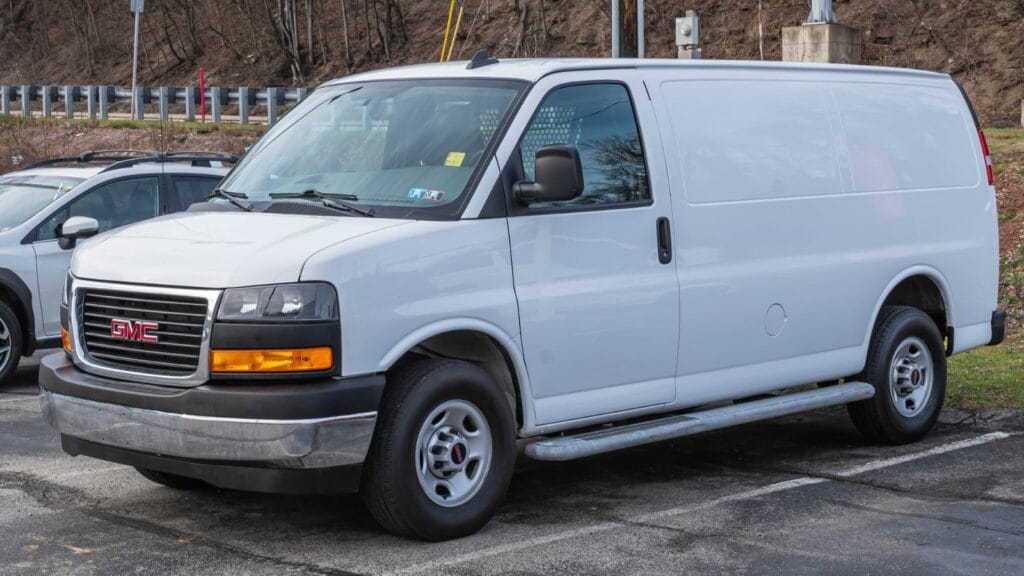A quiet crackdown is underway in several Canadian cities as local governments begin targeting specific types of vehicles for bans or restrictions. Whether it’s for environmental reasons, safety concerns, or public health policies, a range of models is being nudged out of urban areas.
Ford F-250 Super Duty Diesel
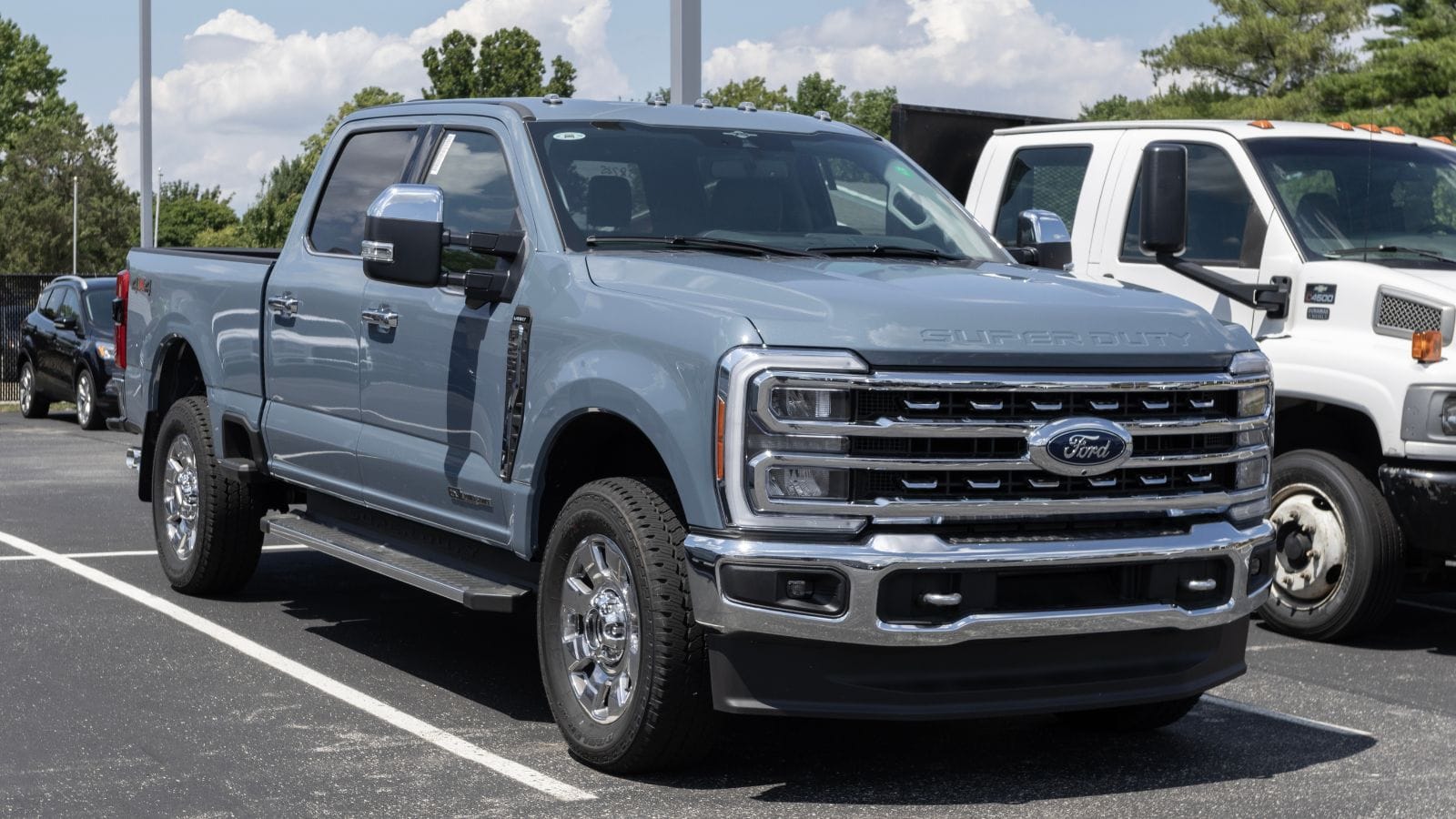
This heavy-duty pickup is facing scrutiny due to its diesel engine and significant emissions output. While it’s a staple in rural and industrial settings, cities like Vancouver and Toronto are starting to restrict vehicles with older diesel technology. Municipal policies aimed at reducing particulate matter and nitrogen oxides (NOx) are making it more difficult for F-250 owners to operate freely. In some zones, access is prohibited during peak hours or requires additional permits. These trucks also face increased parking and idling enforcement. The growing presence of Low Emission Zones (LEZs) is accelerating the decline of high-output diesel models in urban cores.
Dodge Ram 1500 HEMI
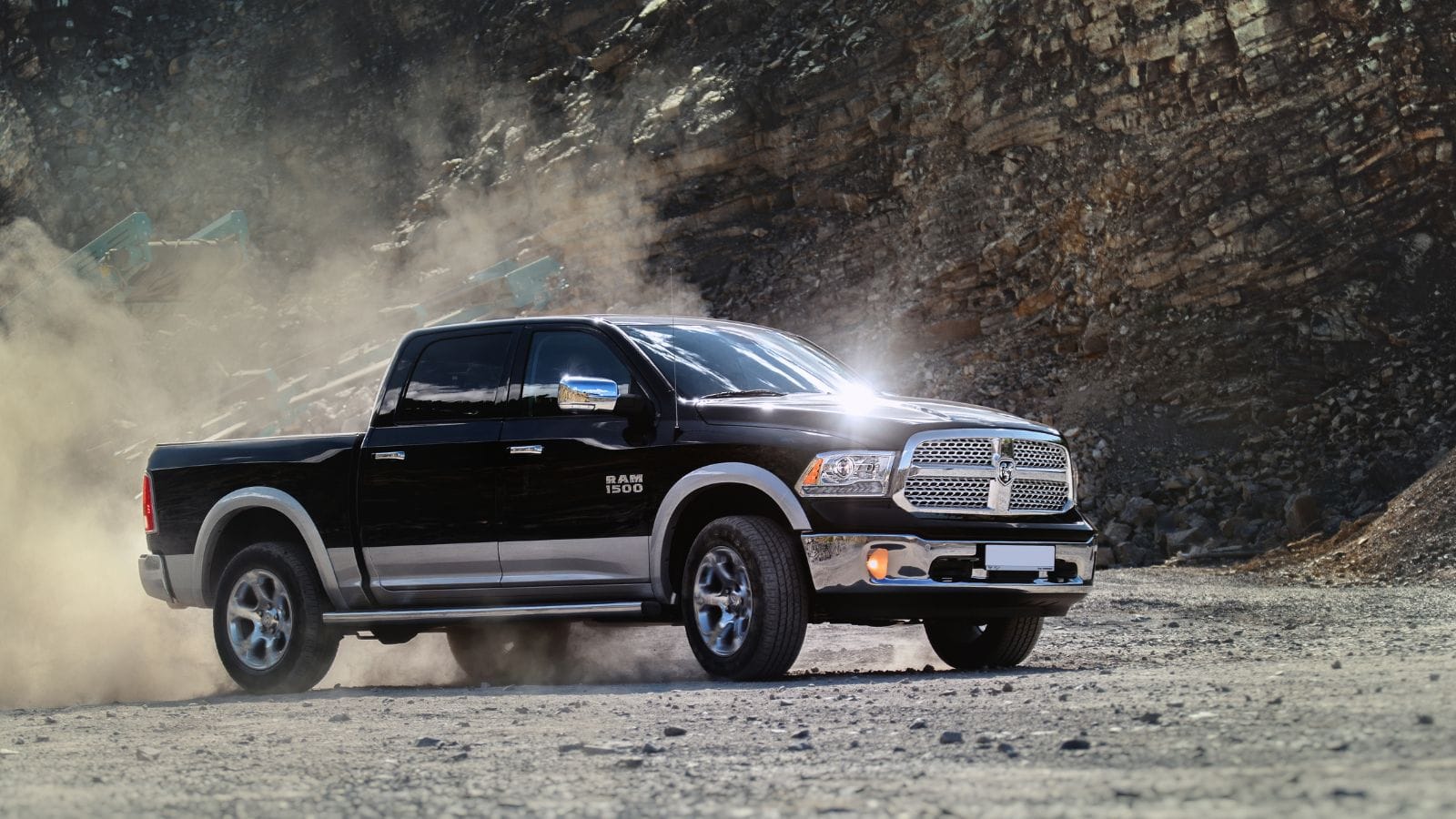
Known for its muscular V8, the Ram 1500 with a HEMI engine delivers raw power, but at the cost of fuel efficiency and emissions. Cities focused on reaching net-zero carbon goals are starting to flag high-displacement gasoline engines. Some municipalities are introducing higher registration fees or emissions penalties for such vehicles. The Ram 1500 HEMI may not be outright banned, but it’s being priced out and restricted through regulations and toll-based access systems. Plus, in areas like Montreal, the emphasis on greener transportation solutions is gradually squeezing out vehicles with outdated internal combustion technology.
Jeep Grand Cherokee (Pre-2010 Models)
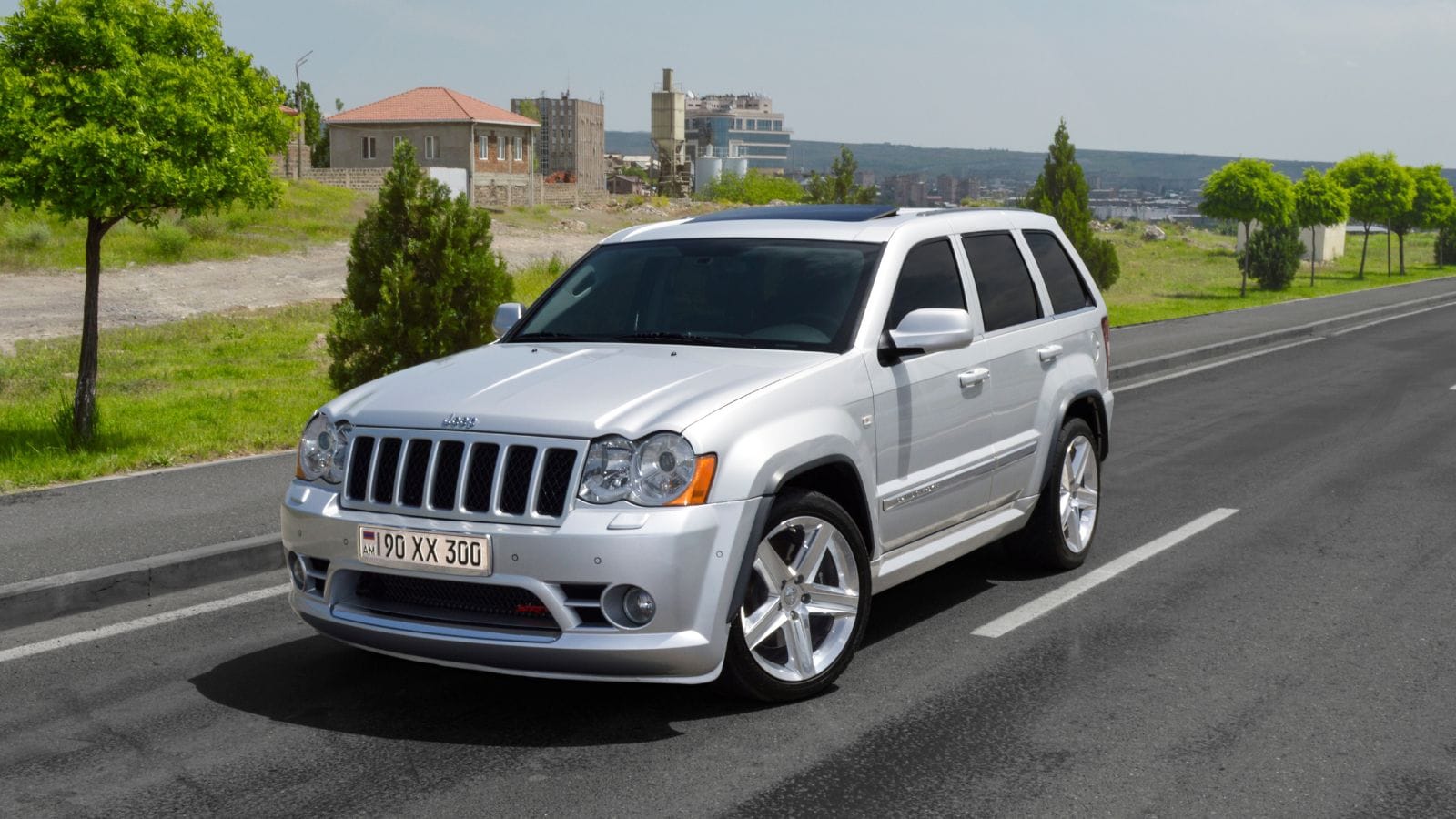
Older SUVs like the pre-2010 Grand Cherokee have become targets for phase-outs due to dated emissions systems. They often lack modern catalytic converters and fuel efficiency features. In places like Ottawa, pilot programs are identifying legacy SUVs for eventual restrictions. These vehicles are also more likely to fail emissions tests during mandatory inspections, creating barriers to registration renewal. As electric and hybrid incentives grow, governments are making it less desirable and feasible to keep aging gas guzzlers on city streets.
Volkswagen Touareg Diesel
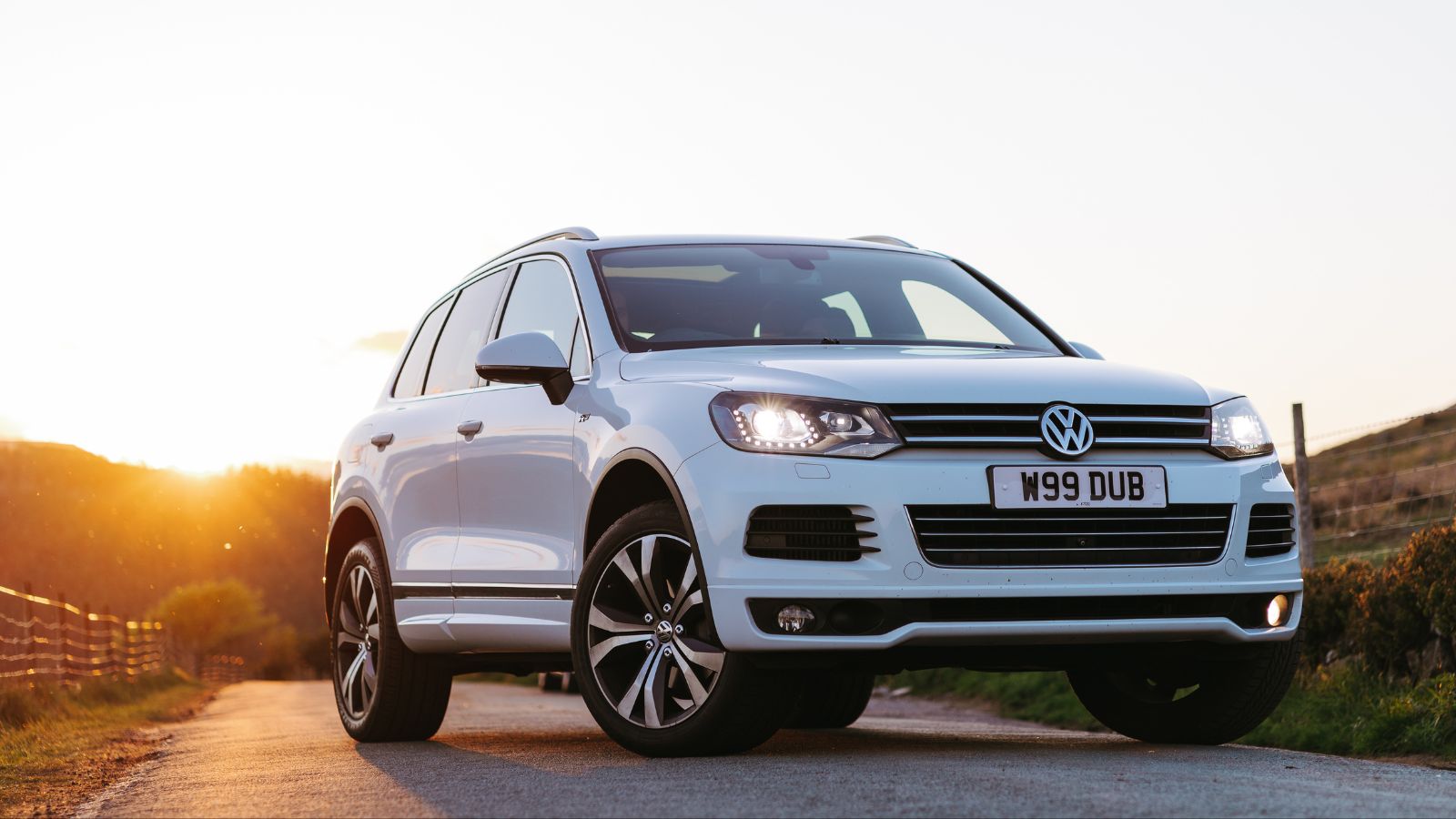
Still reeling from the diesel emissions scandal, older Touareg diesels are increasingly restricted in urban centers. With tighter oversight on diesel performance and NOx emissions, these vehicles fall short of newer Euro 6 or Tier 3 standards. In cities like Calgary and Edmonton, where environmental monitoring is becoming more rigorous, owning a Touareg diesel could mean higher operating costs and limited access to certain areas. The legacy of software defeat devices hasn’t helped the model’s reputation either, further motivating cities to keep these vehicles out of circulation.
Chevrolet Suburban (2000-2008 Models)
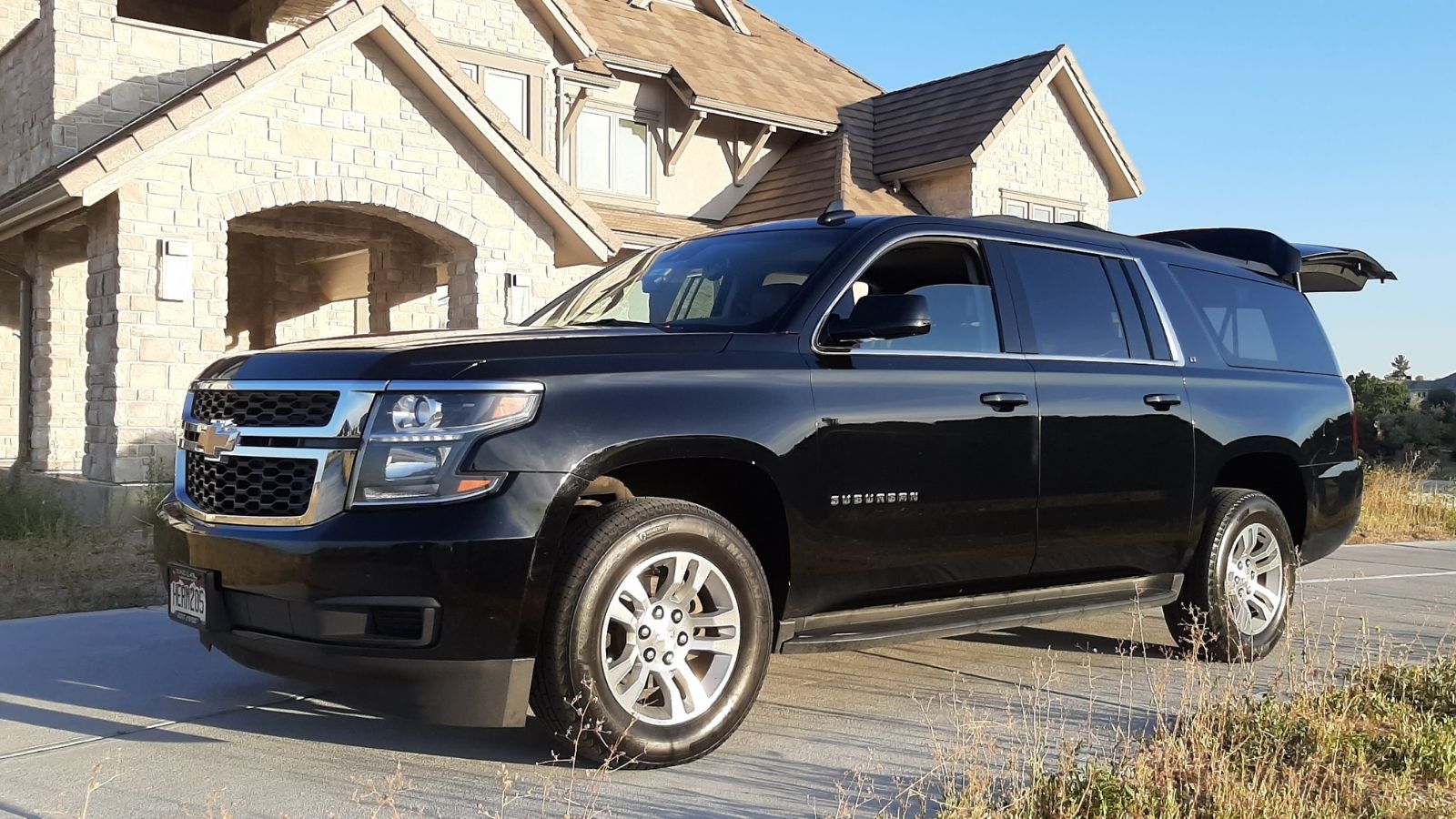
Large SUVs from earlier generations, like the Suburban, are being sidelined for their low fuel economy and bulky footprint. These vehicles contribute significantly to traffic congestion and carbon output. Municipal parking strategies in places like Victoria and Halifax are now discouraging oversized vehicles through narrower parking slots and fines. Older Suburbans also lack the advanced safety features and emissions control systems now expected in urban environments. The trend is part of a broader move toward reducing high-emission, space-hogging vehicles from daily commuter corridors.
Hummer H2
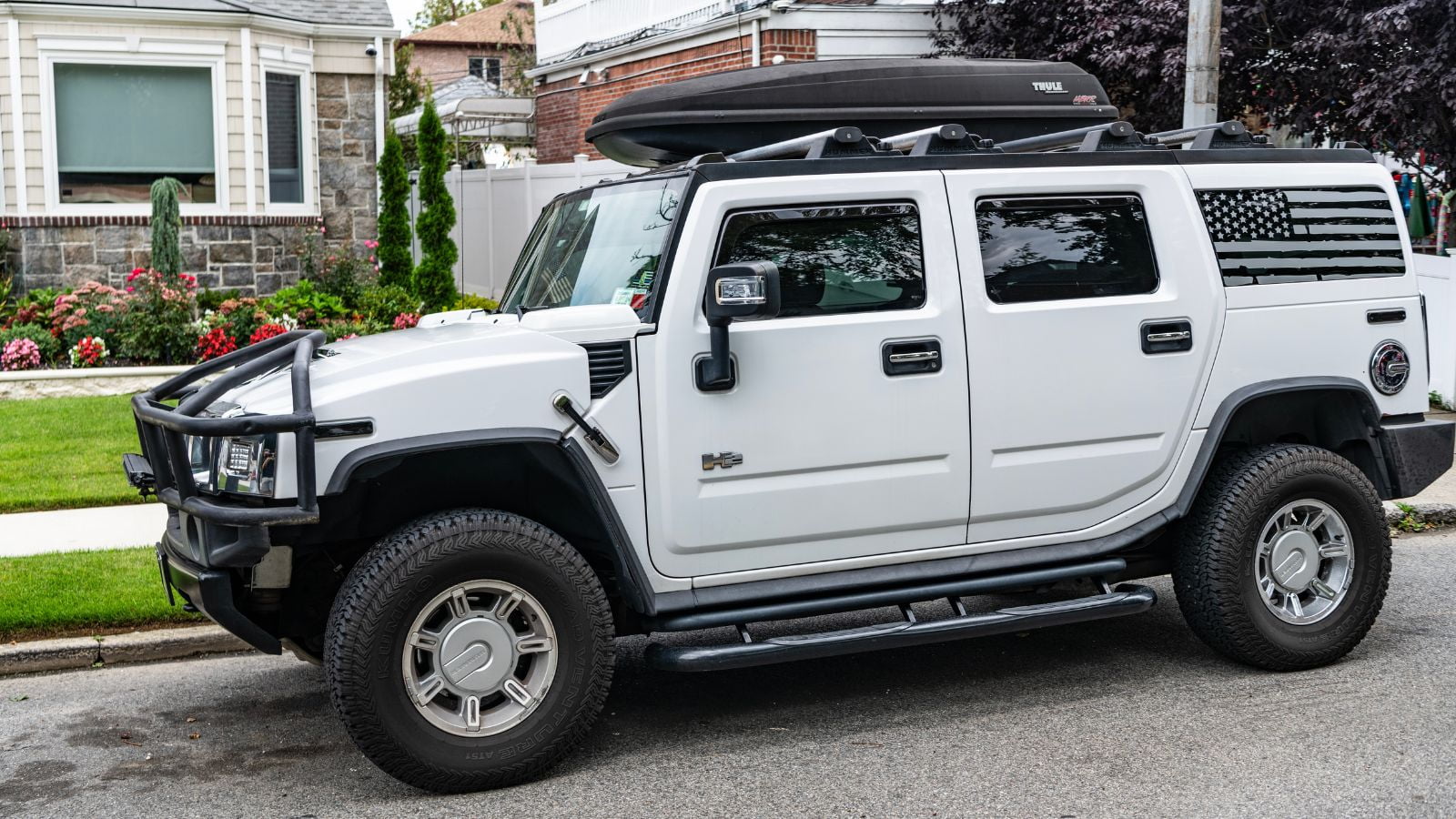
A symbol of excess in the early 2000s, the Hummer H2 is practically persona non grata in urban policy circles today. With gas mileage that can dip below 10 L/100 km in the city and a military-grade presence, it’s far from compatible with modern municipal goals. Urban planning in places like Hamilton and Burnaby increasingly centers on pedestrian zones and light vehicle traffic. The H2’s sheer size and environmental impact make it incompatible with these evolving policies. It’s not just discouraged; it’s functionally being legislated out.
Ford Crown Victoria Police Interceptor (Retired Models)
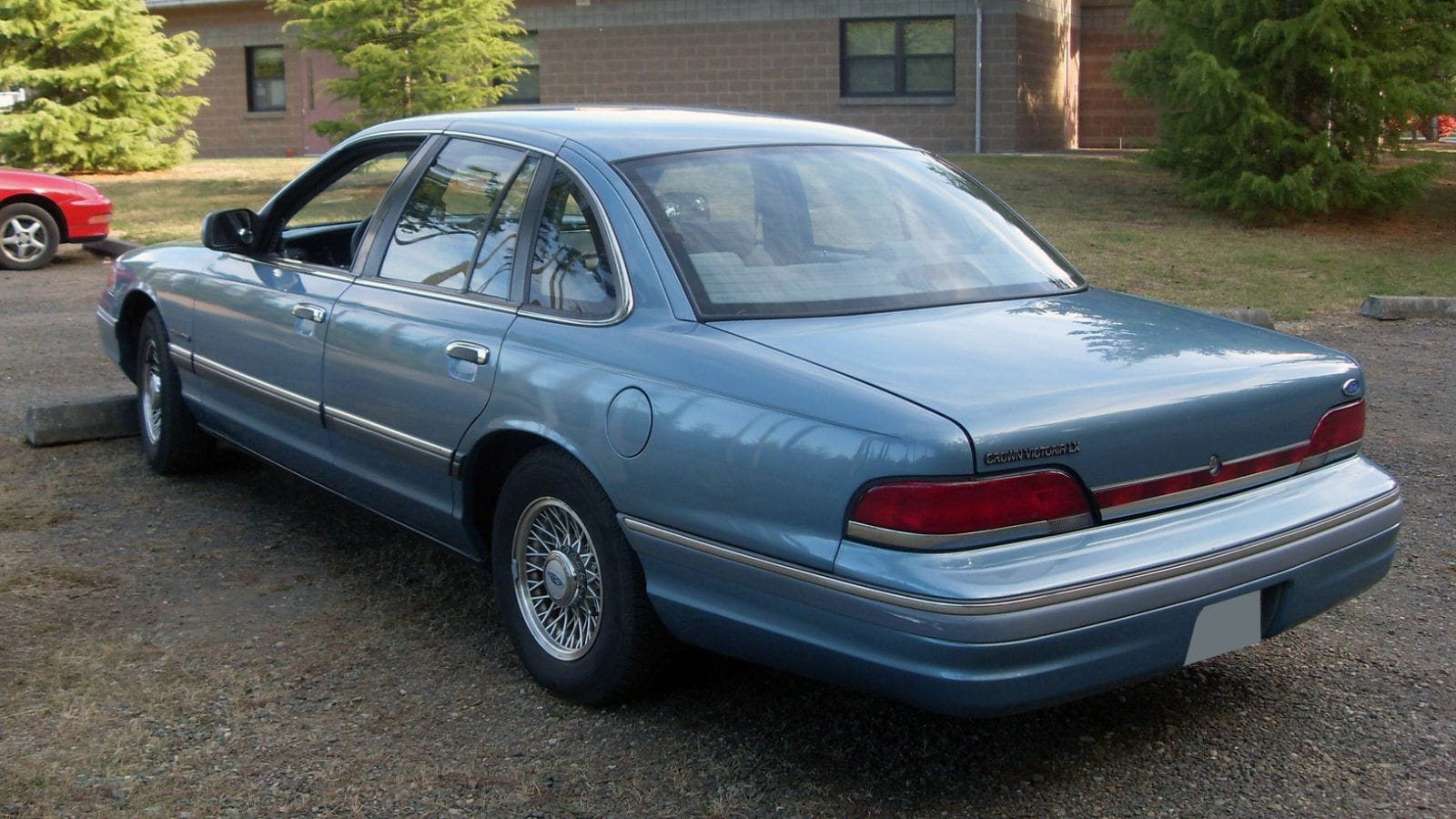
Once a staple of law enforcement fleets, retired Crown Victorias are being squeezed out of civilian use. Their aging engines and outdated safety equipment are no longer up to standard. Municipalities are cracking down on these vehicles, citing emissions violations and the risk of confusion with active police vehicles. In areas like Surrey, bylaws restrict impersonation risks by banning vehicles resembling emergency services models. These cars also attract scrutiny during emissions testing, further complicating their roadworthiness.
GMC Yukon XL (Pre-2012 Models)
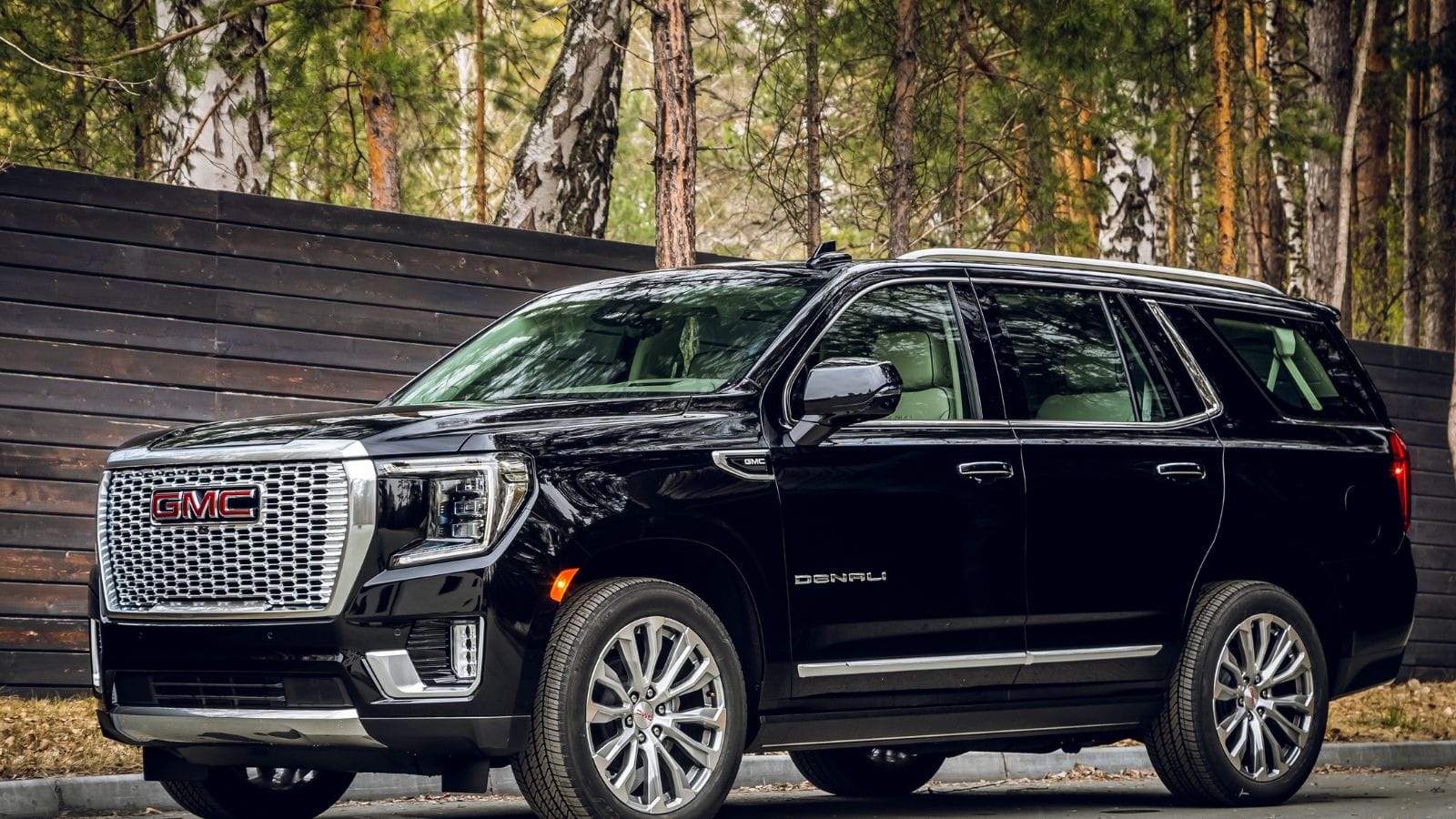
Vehicles like the Yukon XL are under scrutiny due to their excessive size, older powertrains, and poor fuel economy. As congestion and air quality become more pressing issues, municipalities are taking steps to reduce the presence of older, larger SUVs. Some cities are adopting targeted registration surcharges based on engine size and emissions class. These factors, combined with tighter urban space restrictions, are rendering earlier Yukon XL models less viable for city use. Environmental advocacy groups have even flagged these models in campaigns pushing for cleaner streets.
Mercedes-Benz G-Class (Pre-2015 Diesel Variants)
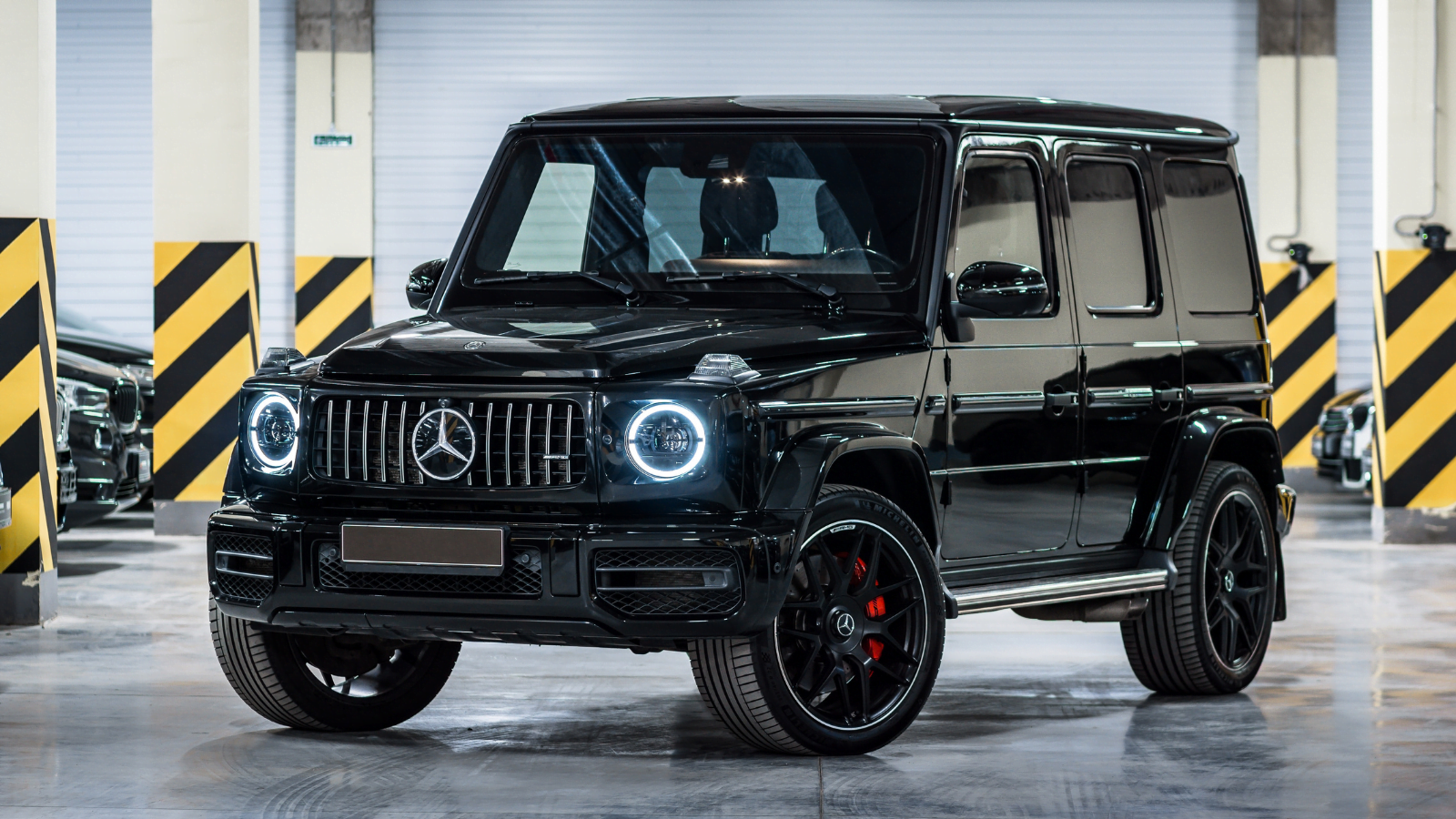
While undeniably luxurious, older diesel G-Wagons are becoming less welcome in city environments. Their emissions levels fall short of newer standards, and they’re costly to retrofit. Cities implementing clean-air mandates are increasingly focused on banning or taxing high-output diesel vehicles. Places like Quebec City have taken steps to identify older high-emission luxury vehicles for disincentivization. The G-Class also suffers from poor urban maneuverability, making it a double target for phase-outs based on both environmental and practical grounds.
Chevrolet Express/GMC Savana (Diesel Cargo Vans)

These workhorses have been the backbone of trades and deliveries for decades, but their older diesel configurations are on borrowed time. Increasingly stringent urban noise and emissions standards are forcing fleet operators to upgrade. Municipal policies are beginning to block non-compliant diesel vans from downtown zones unless retrofitted with emissions controls. In Toronto and Winnipeg, fleet compliance plans now recommend shifting toward electric cargo vans. The Express and Savana are feeling the regulatory heat as cities demand cleaner last-mile logistics.
Toyota Tundra (First and Second Generation)
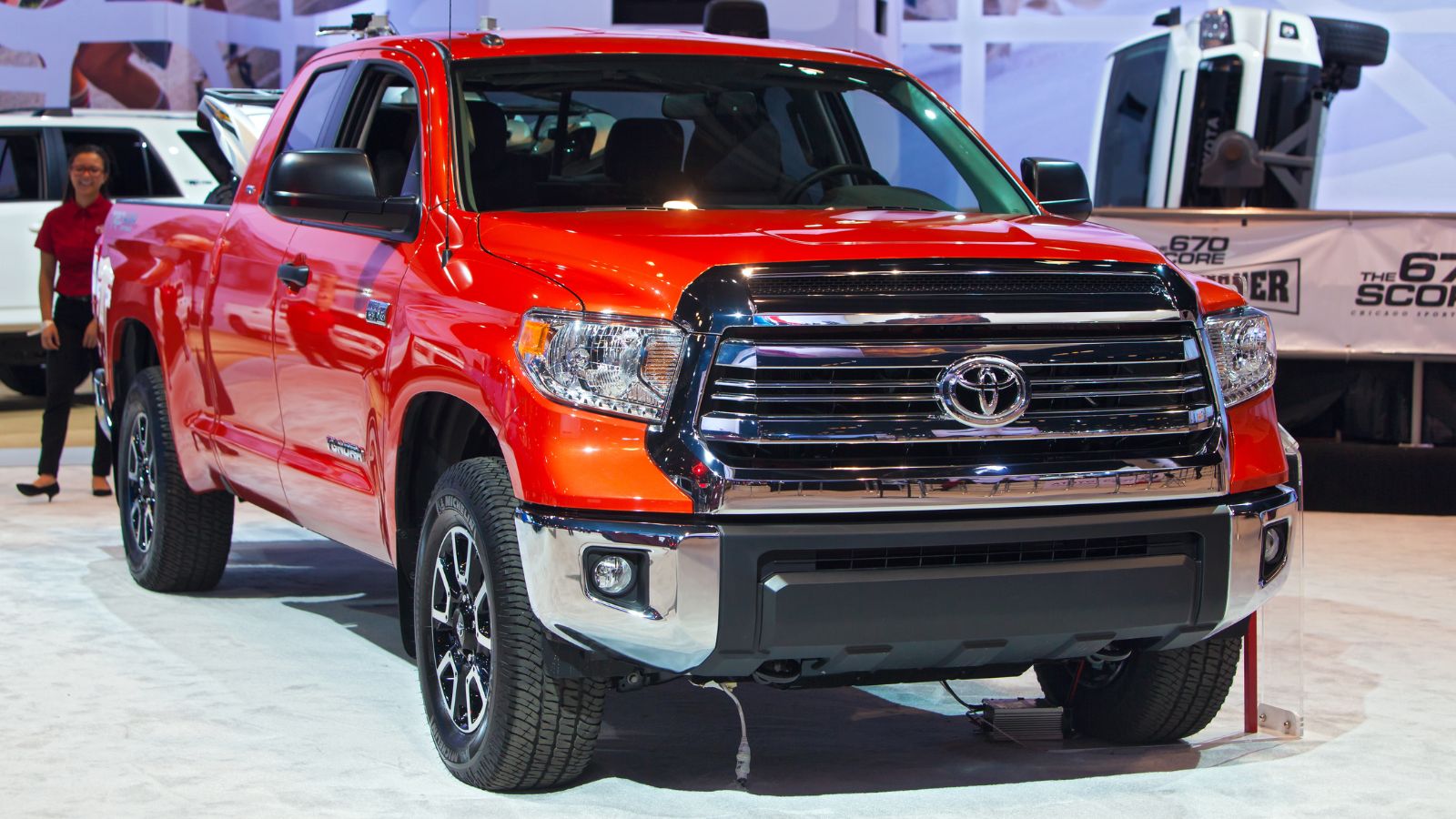
Early Tundras, especially those produced before the 2014 refresh, are under fire for high emissions and dated fuel management systems. Cities seeking to meet greenhouse gas reduction targets are pressuring trucks that lack modern emissions technology. Programs promoting clean vehicle zones and congestion pricing are specifically targeting vehicles with older engine blocks. The Tundra’s large V8 options, common in earlier models, fall well behind today’s efficiency benchmarks. Consequently, these trucks are facing quiet but deliberate policy exclusion.
Nissan Titan (Pre-2017 Models)
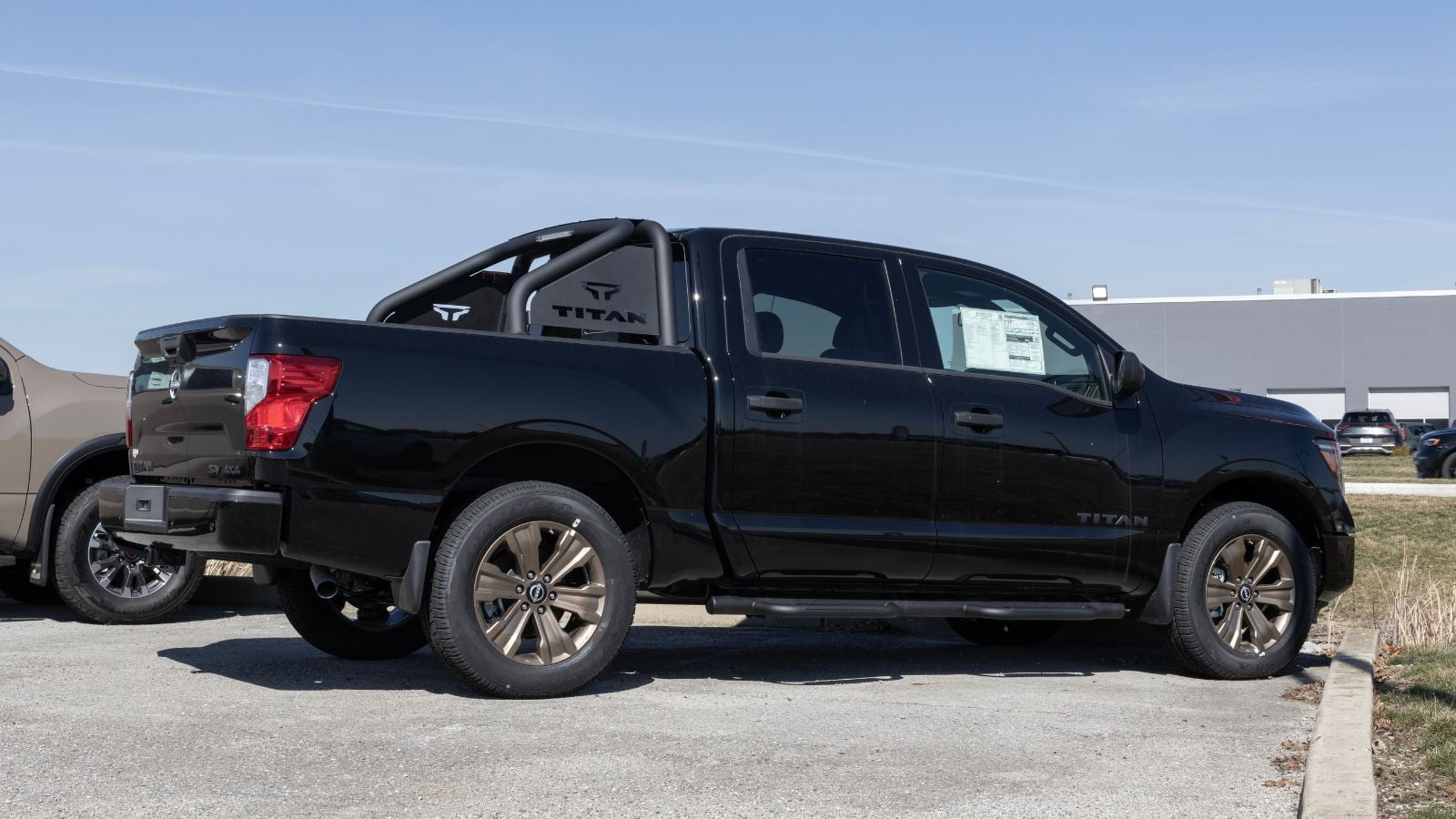
Inefficiencies in both emissions and fuel use mark earlier models of the Titan. With little support for upgrades or modern engine refinement, these trucks often perform poorly in evolving emissions tests. They also lack compatibility with newer eco-friendly city planning models that promote electric or hybrid integration. Local policies across various metro regions are enacting weight-based tolls and carbon output fines that make daily use of older Titans less feasible. The cumulative effect of these measures is a slow exit from urban streets.
BMW X5 Diesel (Pre-2015)
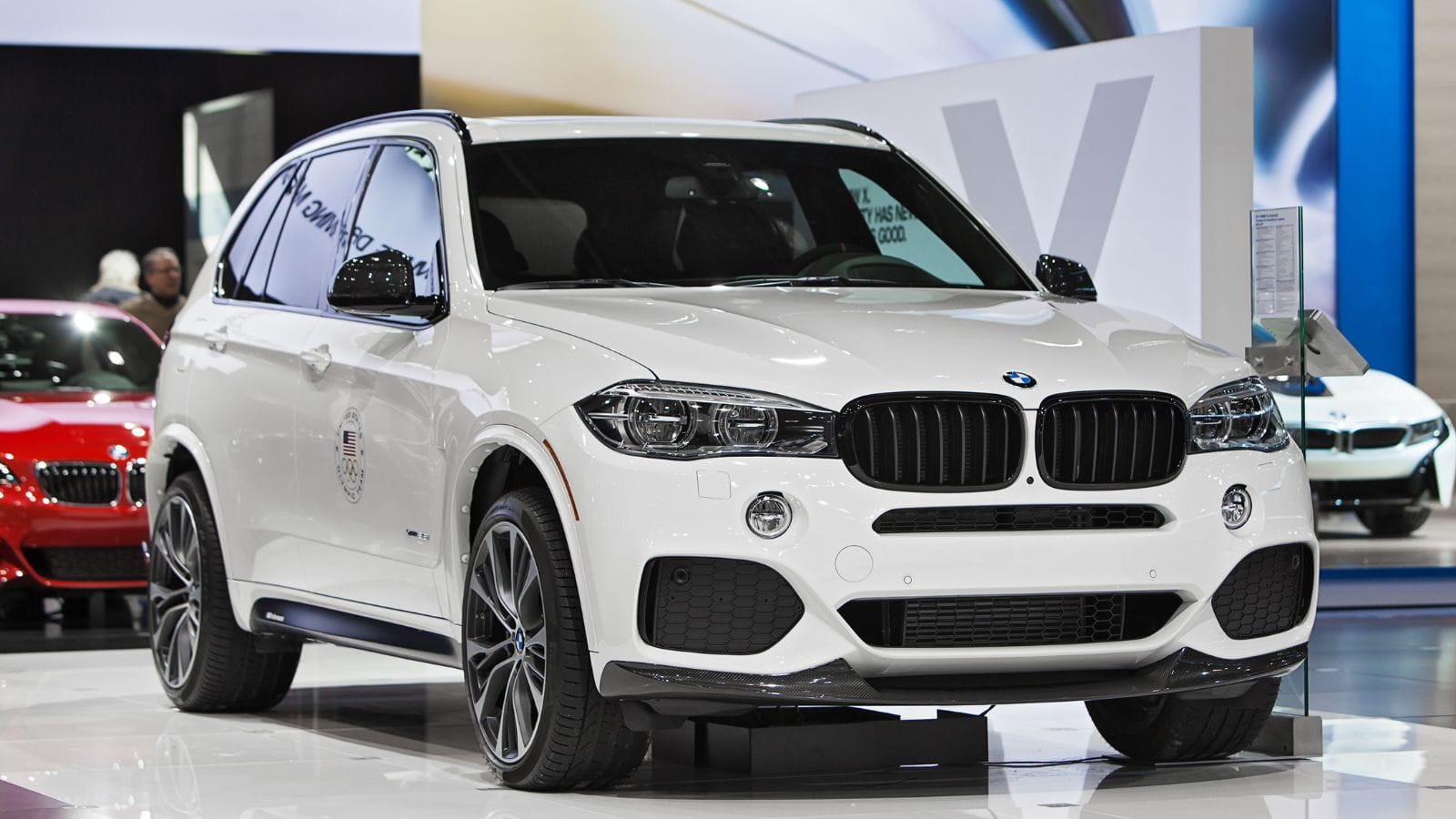
Luxury doesn’t grant immunity from emissions scrutiny. Older diesel variants of the X5 are beginning to hit roadblocks in cities with tight clean-air policies. These models typically don’t meet post-2015 emissions compliance standards and require expensive upgrades to pass testing. Municipal vehicle access zones are increasingly using automated plate readers to monitor compliance. The X5’s profile has also made it a focus in discussions about equitable transportation and environmental impact, especially when diesel versions are involved.
Chrysler Aspen

The short-lived Chrysler Aspen is gradually being pushed out of circulation due to poor fuel efficiency and outdated emissions controls. With a V8 engine and platform overlap with the Dodge Durango, it lacks the hybrid and safety features now prioritized in municipal fleet policies. Efforts to reduce traffic emissions have led to the Aspen being flagged as a legacy SUV with limited future use in urban areas. It’s also not supported by many manufacturers for retrofit solutions, making it an unappealing long-term option.
Chevrolet Avalanche
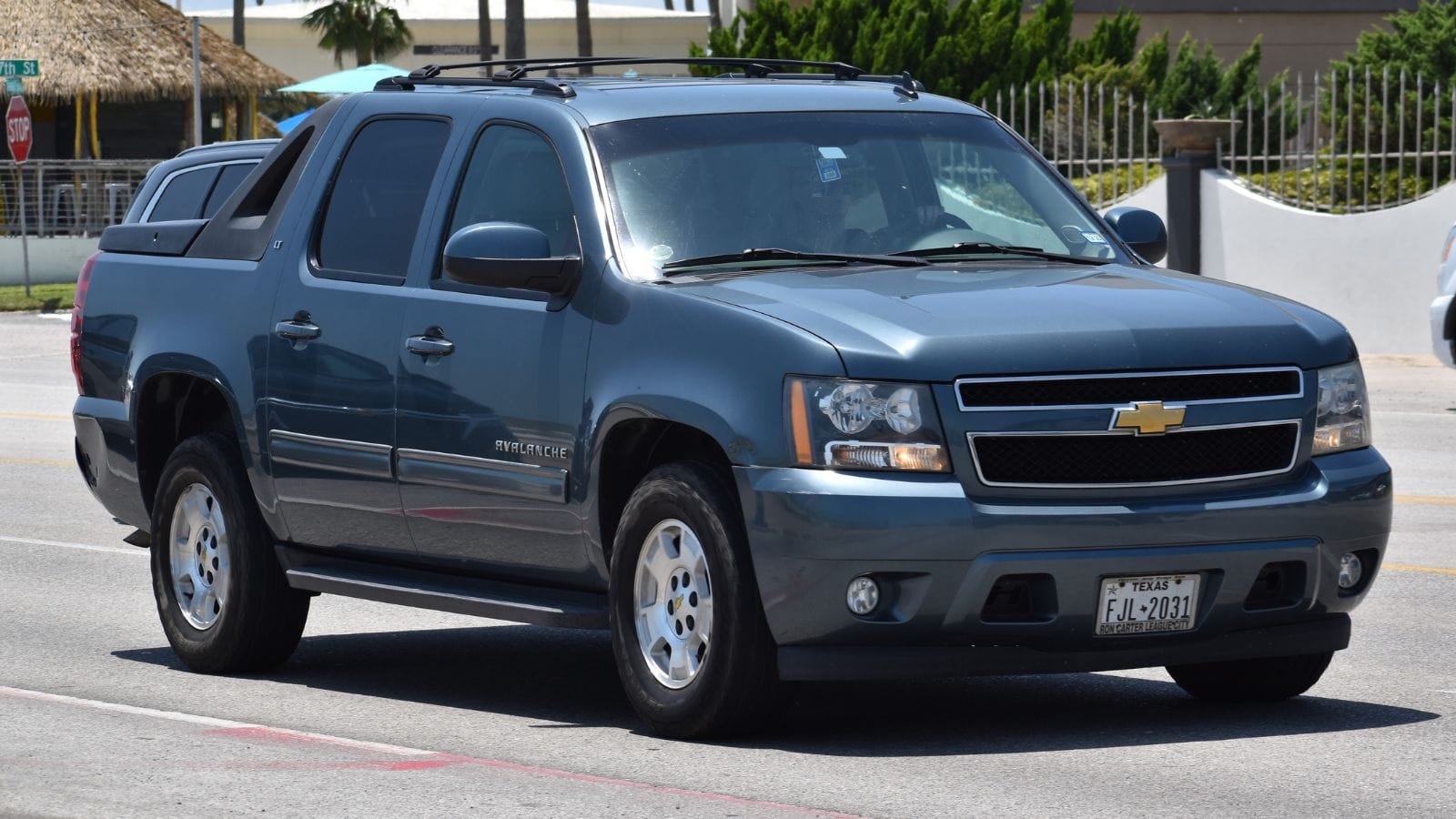
Blending SUV and truck didn’t earn the Avalanche any long-term favour, especially in light of today’s environmental mandates. Its heavy frame and poor city fuel economy mean it fails on several fronts in the eyes of urban planners. Emissions testing programs are identifying it as a low-priority vehicle for city registration renewals. In areas enforcing green fleet conversion goals, the Avalanche’s inefficiencies stand out. Plus, the model’s age and limited aftermarket support for emissions upgrades only reinforce its downward trajectory.
Infiniti QX56
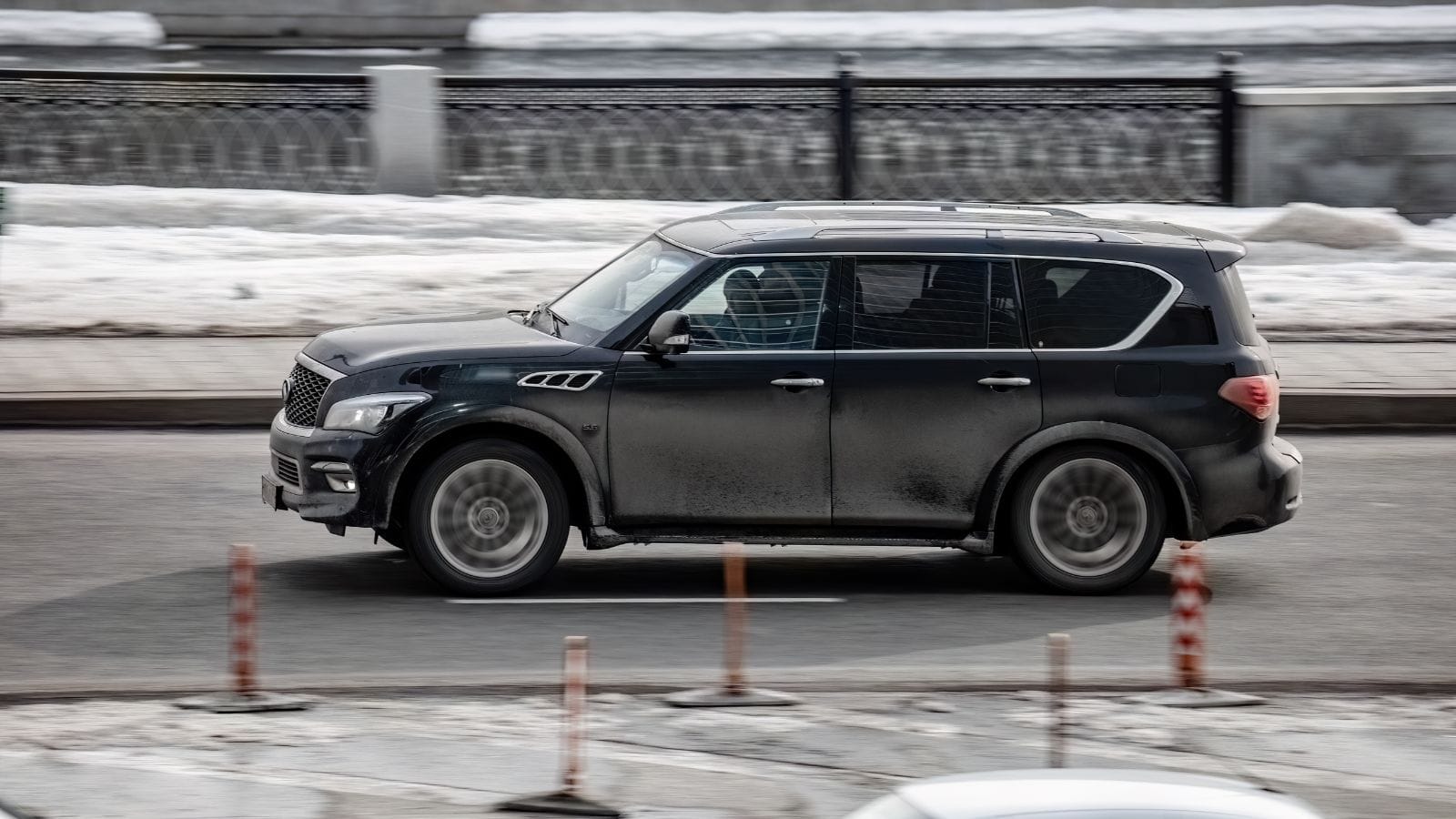
With a powerful V8 and hefty dimensions, the QX56 lands on the wrong side of many urban vehicle regulations. It lacks the modern emissions systems that newer luxury SUVs boast. Maintenance of this model has also become costlier due to parts scarcity, further discouraging ownership. In zones enforcing congestion charges or emission surcharges, the QX56 quickly becomes uneconomical. Also, the lack of electric or hybrid alternatives in this range during its production years has made it a relic of a different automotive era.
Lincoln Navigator (Pre-2015 Models)

Luxury SUVs like the Navigator are not escaping the tightening noose of emissions regulations. Older models, particularly those before the mid-2010s redesign, are flagged for high fuel consumption and limited green tech. In some provinces, these models are subject to carbon-based tax policies, while cities are implementing idling restrictions and anti-smog bylaws. As urban policies align with climate targets, the Navigator’s size and emissions make it an easy candidate for restriction or outright bans.
Mitsubishi Eclipse (Older Generations)
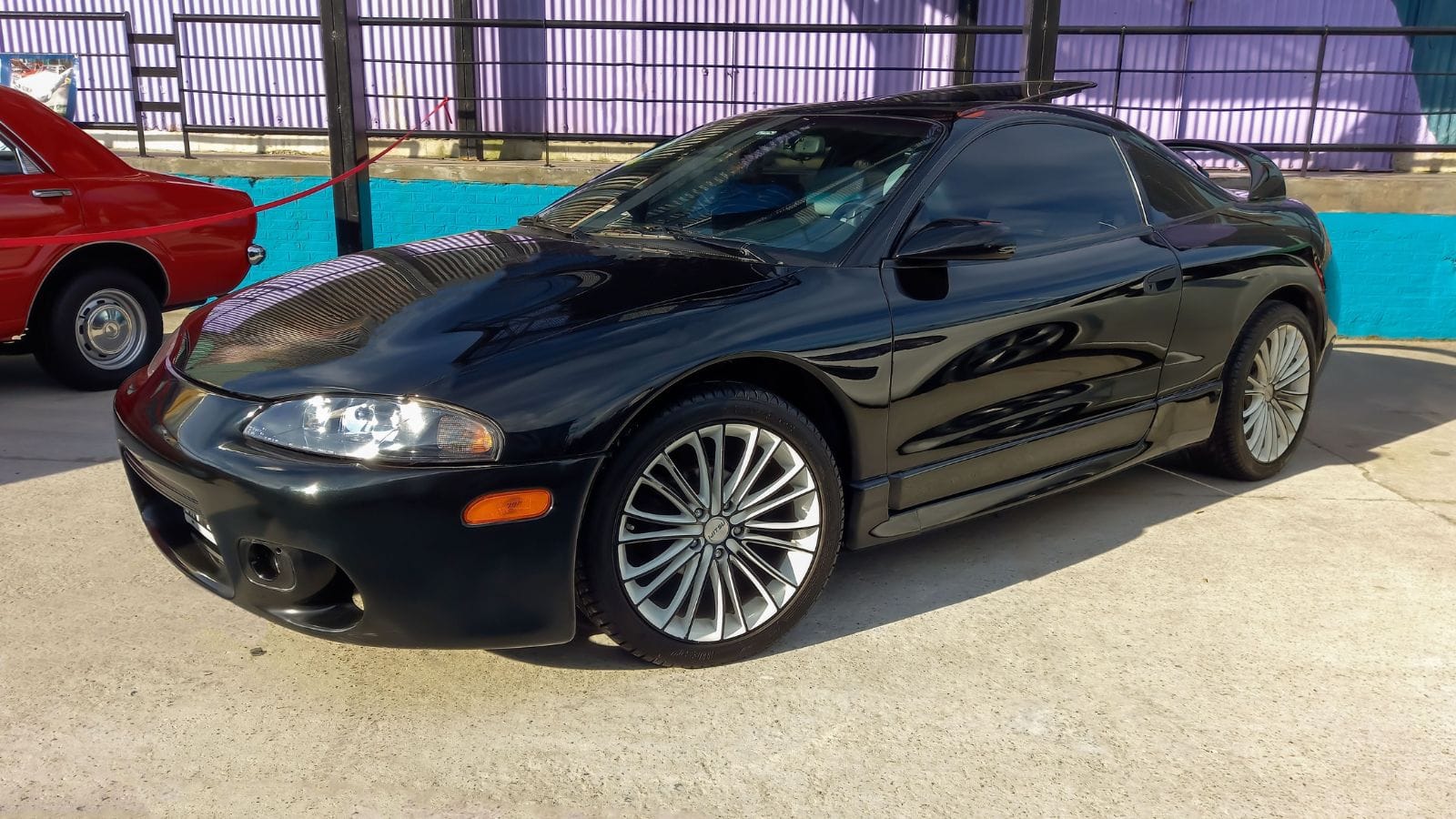
Once popular among tuners, older Eclipses are now being scrutinized due to noise, emissions, and aging safety features. Some municipalities have adopted ordinances targeting modified and outdated performance cars. While not banned outright, Eclipse owners face more stringent noise enforcement and emissions testing. Insurance costs for high-risk categories like older sports coupes have also increased. Combined, these pressures are quietly encouraging owners to transition out of these vehicles.
Isuzu NPR Diesel (Pre-2010)
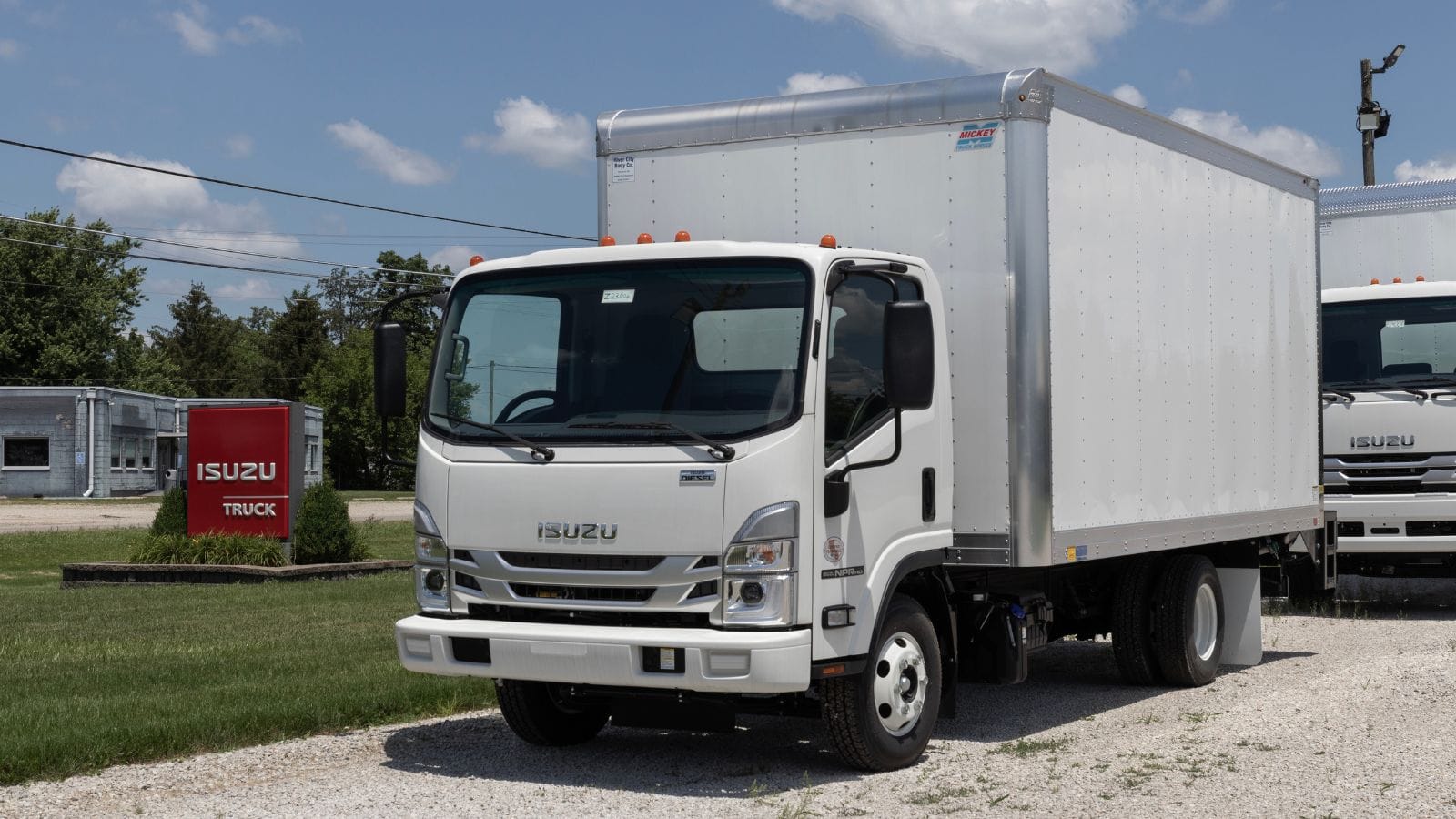
The light-duty commercial diesel NPR is commonly found in delivery fleets, but older models are becoming liabilities in emission-regulated zones. Many lack modern particulate filters, and retrofitting is cost-prohibitive. Several cities have instituted vehicle age limits for commercial operations, which the NPR often exceeds. Coupled with the growth of electric delivery fleets, the NPR’s future in city settings is shrinking. Regulatory agencies are prioritizing phasing these out in favour of lower-emission alternatives.
Pontiac Aztek
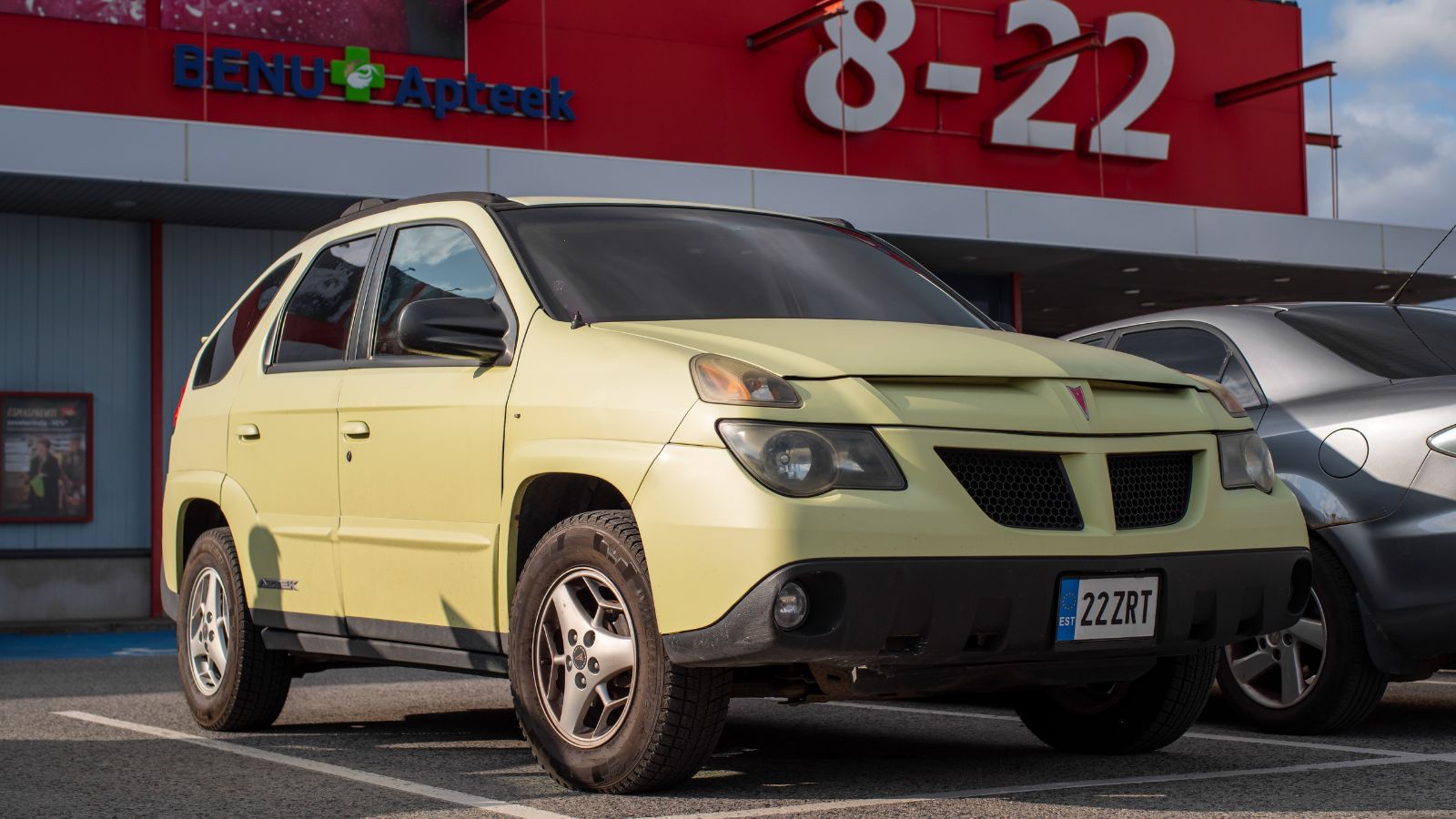
Famous for its awkward styling, the Aztek also fares poorly in emission standards and safety updates. As a vehicle no longer supported by GM, its parts are harder to find, and compliance costs are higher. It often falls short during emissions testing and doesn’t meet newer crash safety metrics. Though not banned by name, several municipalities are tightening their vehicle condition requirements, indirectly pushing the Aztek out of viability for everyday use.
Suzuki XL-7
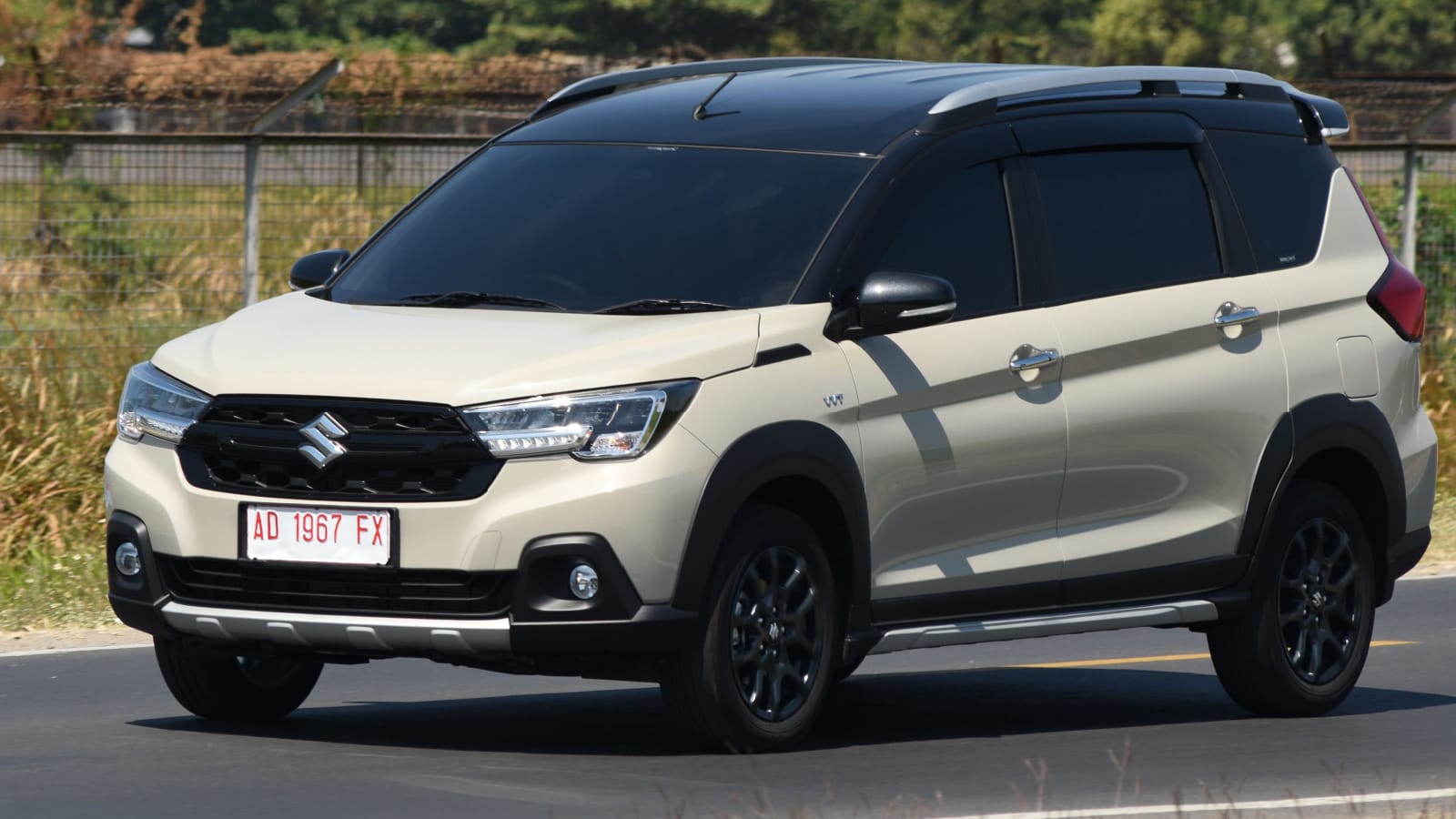
This now-defunct midsize SUV suffers from aging powertrains and a lack of emissions-friendly features. The XL-7 also lacks manufacturer support, making repairs and part replacements increasingly difficult. Urban policies focused on reducing the environmental footprint of aging vehicles have started targeting unsupported models for removal. Not to mention, enforcement through inspections, registration restrictions, and congestion fees is contributing to a steady decline in XL-7 visibility on city streets.
21 Products Canadians Should Stockpile Before Tariffs Hit

If trade tensions escalate between Canada and the U.S., everyday essentials can suddenly disappear or skyrocket in price. Products like pantry basics and tech must-haves that depend on are deeply tied to cross-border supply chains and are likely to face various kinds of disruptions
21 Products Canadians Should Stockpile Before Tariffs Hit
